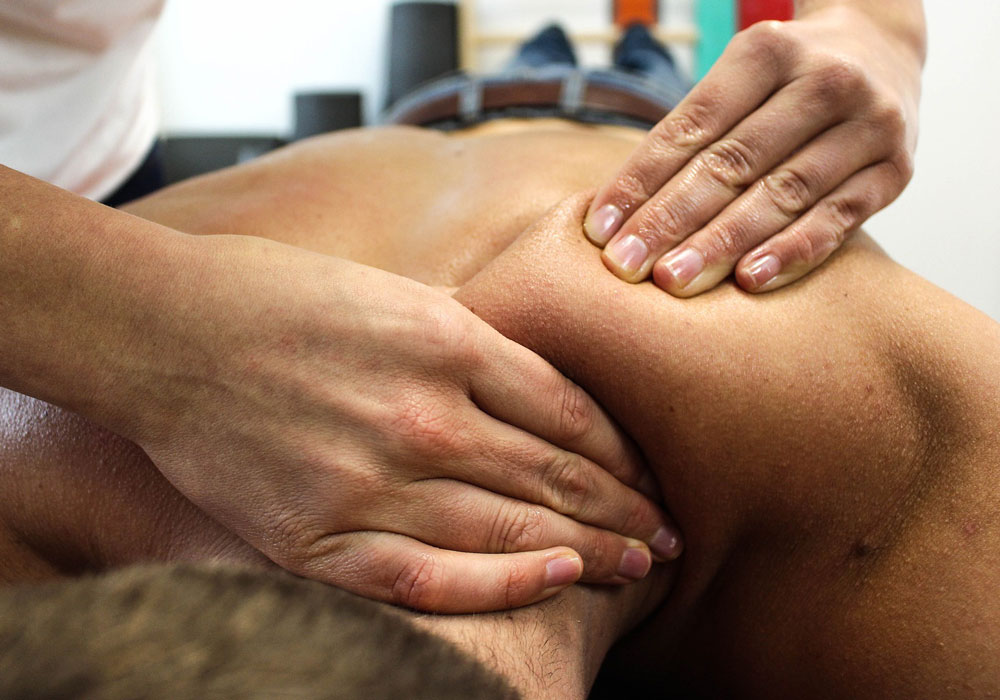By Jyothirmai Gubili, MS, Cody Landis, BSN, RN, PCCN, LMT, and Ting Bao, MD, DABMA, MS
Lymphedema, the chronic swelling of a limb resulting from fluid accumulation, is a common sequela of surgery or radiation treatment for breast cancer. Nearly 90% of women who develop lymphedema do so within three years of treatment. Survivors commonly report physical and emotional distress, limitations to daily activities in fear of exacerbating lymphedema, and body image issues because of an abnormally enlarged limb.
Depending on when the onset of symptoms occurs, lymphedema can be acute or chronic. Acute lymphedema typically occurs up to 18 months after surgery, is transient, and may be resolved through manual lymphatic drainage (MLD), compression bandaging, and physical exercise. MLD provides gentle pumping action through specific hand movements and differs from deep muscular massage in that it works only on superficial lymphatic vessels and tissue fluids in subcutaneous tissues. A typical session begins centrally in the neck and trunk to clear the main lymphatic pathways and facilitates drainage from the arm.
Chronic lymphedema, for which no good treatment options exist, is debilitating and characterized by increasing pain, swelling, recurrent infection, and upper-extremity dysfunction.
Is MLD Effective?
Current evidence, although limited, indicates effectiveness of MLD against lymphedema in patients with breast cancer. A randomized, crossover study reported that MLD was more effective than simple lymphatic drainage (a less robust regimen) in reducing excess limb volume, and it significantly improved quality-of-life endpoints.
Findings from a large study involving 1,000 patients indicated that MLD combined with physical exercise was associated with less lymphedema volume relative to exercise alone. Subjects in the MLD group also had less scar tissue formation and better shoulder function during the one-year follow-up period.
In addition, MLD was shown to be equally effective as active exercise in rehabilitation of patients following surgery. Also noteworthy are data indicating that MLD prevented secondary lymphedema at least one year postsurgery in a study of 116 patients. Conclusions from a systematic review supported the safety and utility of MLD in combination with compression bandaging to reduce swelling in patients with mild to moderate lymphedema.
Breast cancer-related lymphedema negatively impacts physical function, causes emotional distress and diminishes quality of life. It is also associated with greater risk of infections and higher medical costs, contributing to economic burden, with severe cases of untreated lymphedema resulting in lymphangiosarcoma, a soft tissue cancer. Available clinical data suggest that MLD is a safe and effective option for managing lymphedema. But larger, well-designed trials are needed to confirm the findings.
Oncology Nurse Perspective
One of the challenges for patients as they graduate from active treatment and transition to survivorship is that they need to be equipped with adequate information to manage issues if they arise. Education about the signs and symptoms of lymphedema is a key component of post-treatment nursing care of patients with breast cancer. Upon patient or provider recognition of new onset lymphedema, a thorough assessment should be performed to rule out infectious causes that might require medical intervention. For new-onset lymphedema, referral for prompt treatment and further education with a provider trained and certified in MLD may help to prevent an acute case from becoming chronic. Institutions should maintain a list of internal and community practitioners for referral.






